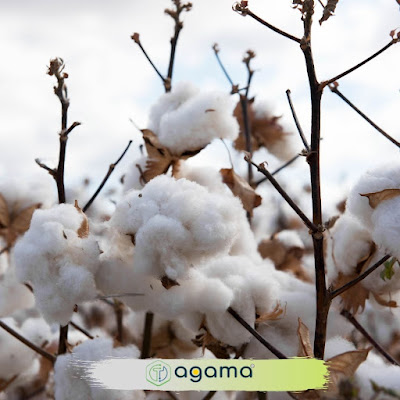Textiles executives seeking in-person inspiration in the production process as well as new materials and solutions are in luck. The 2022 editions of Techtextil North America and Texprocess Americas are returning to Atlanta from May 17-19 at the Georgia World Congress Center (GWCC).
The two-in-one event, organized by Messe Frankfurt, with Techtextil North America incorporated with ATME-I and Texprocess Americas co-produced by sewn products association SPESA, is engineered toward the textiles industry at large. But the individual shows complement each other by offering insight into different areas across the value chain.
Techtextil North America homes in on the textile industry’s technical side, whether that be a focus on research and development, raw materials and production processes, treatments such as finishings and coatings, as well as packaging and recycling.
Meanwhile, Texprocess Americas emphasizes the technologies, services and solutions that drive the sewn products industry across apparel, home furnishings, footwear, automotive interiors and medical products. These solutions encompass CAD/CAM, cutting, textile finishing, sewing and embroidery technology, among others.
To spruce up this year’s co-located shows, Messe Frankfurt wanted to further build out their educational components, according to Ali Rosenberger, senior marketing and conference manager, Messe Frankfurt North America.
“Our content is heavily focused on the current state of the supply chain, the issues with global trade, the need to reimagine our current models of sourcing and manufacturing, and especially the need to invest in domestic workforce development,” Rosenberger said. “The people that we talk to on a daily basis often mention the lack of qualified workers in the workforce right now. That’s a really big topic of conversation that needs to be addressed.”
Texprocess Americas will introduce a new feature called The Studio on the show floor, which will house free mini-sessions on designing for manufacturing, digitalization, the micro-factory model, and product development. Many will be geared toward attendees that are either just starting in the industry or trying to pivot their business model in the wake of the pandemic.
Similarly, Techtextil North America will debut The Academy, which combines the trade show’s previously named Tech Talks and The Lab. The Academy will feature a lineup of complementary presentations, demonstrations and discussions covering technical advancements and highlighting the latest in textile testing for applications across industries.
Both events are bringing back their own show-specific symposiums, which feature eight sessions on various topics in technical textiles, nonwovens and sewn products, and can be purchased through a one-, two- or three-day pass.
Techtextil North America’s Symposium program is developed in partnership with the School of Materials Science and Engineering (MSE) at the Georgia Institute of Technology, and will feature three days of sessions covering the latest in materials science, textile engineering and applications across industries.
The Texprocess Americas Symposium, designed in collaboration with The University of Georgia and various thought leaders from the sewn products industry, will include sessions highlighting innovations in manufacturing technology, the latest trends affecting the sewn products and apparel supply chain and insights into manufacturing’s future.
Audiences overlap amid in-person return
In determining this year’s schedule, Rosenberger said Messe Frankfurt took insights from last year’s Techtextil North America event in Raleigh, N.C. in August, noting that more attendees sought information on technical textiles amid the mass pivot to personal protective equipment (PPE) production.
“As apparel manufacturing is getting more technical and more functional, we’re definitely seeing more crossover from each show’s traditional audience” Rosenberger said. “We’re having to consider addressing not just a single show’s audience, but the industry as a whole. That change has been interesting and has helped us diversify and expand the topics that we cover.”
The 2022 editions of Techtextil North America and Texprocess Americas are returning to Atlanta from May 17-19 at the Georgia World Congress Center (GWCC).
And with more events returning to physical form, Rosenberger said, Messe Frankfurt is fully committing to the in-person show, instead of opting to host a virtual component.
“When it comes to making these big purchases, especially where machinery and equipment are concerned, there really is no replacement for in-person events,” Rosenberger said. “The feedback that we’ve gotten from a lot of our exhibitors and visitors is that they need a place on-site to compare options of what they’re going to buy, and that virtual demonstrations just aren’t sufficient.”
After the May event concludes, Messe Frankfurt will launch the flagship Techtextil and Texprocess events on June 21-24 in the company’s home city of Frankfurt, Germany. The trade show operator is also hosting a one-time summer edition of its Heimtextil event on the same dates.
Great news, you can directly register using ITagama. To participate in Techtextil North America, register here. To participate in Texprocess Americas, register here.

.jpg)
.jpg)
